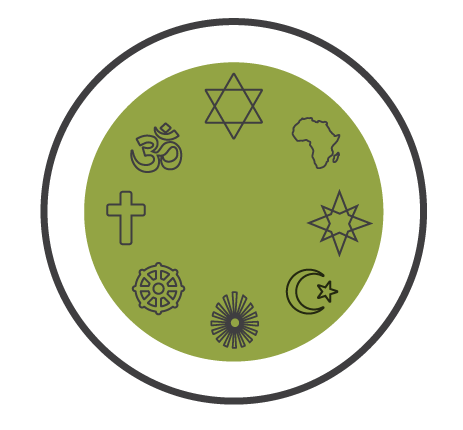Renewal and Hope - lessons from Nature
- Published:
Have you noticed how busy March and April are on the faith calendars of the world? It is no co-incidence that the northern hemisphere faith traditions acknowledge spring as a time of spiritual renewal, hope and growth.
The Baha’i celebrate New Year, or Naw-Ruz, which means “new day” in Persian on March 21. Naw-Ruz marks the end of a 19 day fasting period and the start of
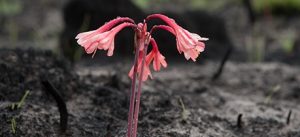 Fire lilies only bloom after a fire. Like rainbows after rain they promise hope and healing Photo by Andrea Nixon
Fire lilies only bloom after a fire. Like rainbows after rain they promise hope and healing Photo by Andrea Nixon
“a new page in our lives, inspired to right action and spiritual excellence. The black earth is becoming a verdant garden; the deserts and mountains are teeming with red flowers…” (The Abdu'l Baha in Divine Philosophy pg 74 to 76)
The Sufis, a sect within Islam celebrate Nowruz, which is a traditional Iranian new year holiday.
The Jewish Passover or Pesach which begins on 3 April celebrates the Exodus of the Hebrews from slavery in Egypt and a new life of physical and spiritual freedom in the Promised Land.
Christians celebrate Easter on 3 – 6 April as the time when Jesus was crucified and rose from the dead so that there could be a new covenant between God and his people. The new covenant was the promise of an everlasting life spent with God and achieved through belief in Jesus Christ. (Luke 22: 14 - 20)
Many of these faith traditions include symbols and rituals that acknowledge the revival of Nature in spring. Eggs, for example, eaten both at Pesach and at Easter are ultimate symbols of renewal of life. The traditions of hiding and eating chocolate eggs and bunnies at Easter time have older roots than Christianity. They celebrate the hopes of new life and of an abundant summer harvest after a long hard winter. They also help to remind us of God’s gift of a resilient creation that renews itself annually in each seasonal cycle. While we often see the Earth as a collection of raw materials that we can own and `ennobled’ with our technology, the essence of life with its miracle of resilience and self-renewal is like God infinite and beyond our understanding.
In Southern Africa we are particularly blessed with a diversity of resilient life forms. Life is already returning in abundance to the scorched Cape Mountains after the devastating fires in early March which engulfed more than 6000ha of nature reserve. Fynbos is fire adapted, so we know that the landscape will revive. We know that beneath the blackened Earth there is life. However, to see the red fire lilies that only bloom after a fire, the new watsonia shoots with their still blackened tips and the carpets of protea seeds released by the fire’s heat and waiting for rain really brings home the wonder that is creation. The awareness of new life coupled with gratitude for its diversity opens our hearts to love for Nature – a love that is a powerful motivating force for caring for and healing both Nature and our own natures.
So this Naw-Ruz, Pesach and Easter, we invite Earth Keepers to be as awake to renewal in Nature as to spiritual renewal. For a truly renewed relationship with God, surely we also need a renewed relationship of care for Creation.
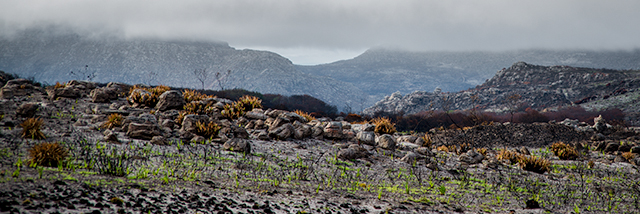 Green growth after the March fire in Silvermine. Photo by Andrea Nixon
Green growth after the March fire in Silvermine. Photo by Andrea Nixon
Kim Kruyshaar 28 March 2015
Photos by Andy Nix Pix at http://pix.andynix.co.za
Who we are
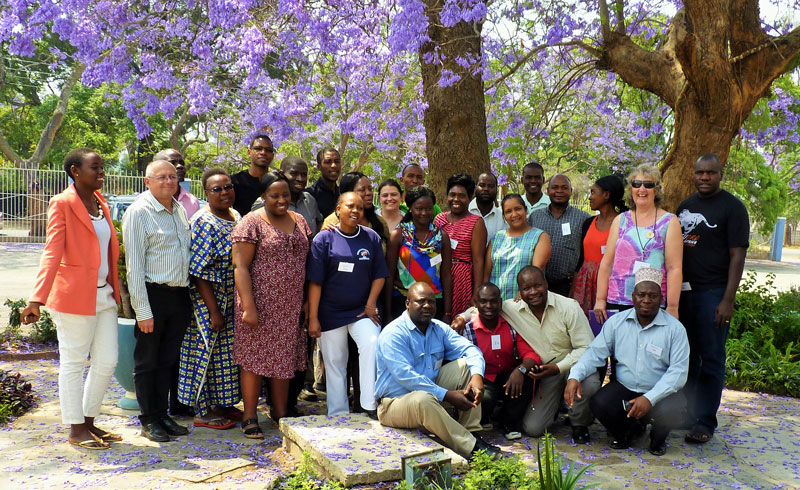
SAFCEI (Southern African Faith Communities’ Environment Institute) is a multi-faith organisation committed to supporting faith leaders and their communities in Southern Africa to increase awareness, understanding and action on eco-justice, sustainable living and climate change.
Featured Articles
-

South Africa: Who Ends Up Paying If DMRE Cooks the Price of Nuclear Power?
-

South Africa’s nuclear energy expansion plans continue to draw criticism, environmental NGOs chew over legal challenge
-

Earthlife Africa and SAFCEI respond to latest unsettling nuclear news regarding the ministerial determination
-
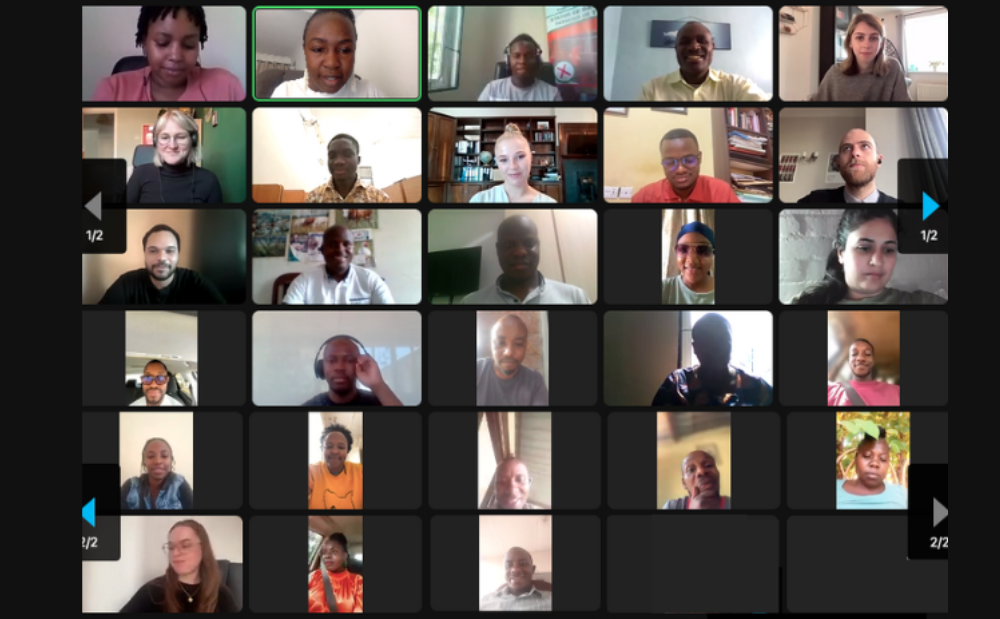
Open Wing Alliance Africa (Virtual) Summit 2023
-

The Green Connection and SAFCEI respond to energy minister's divisive and deflecting comments
-

Job Vacancy: FLEAT Coordinator







